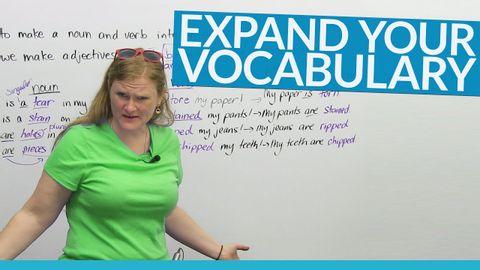把名詞和動詞變成形容詞! (Turn NOUNS & VERBS into ADJECTIVES!)
Jenny Lan 發佈於 2021 年 01 月 14 日  沒有此條件下的單字
沒有此條件下的單字- v.t./i.打破(記錄);打破某樣東西;損毀;結束一段感情(分手);逃離某樣事物;馴服;打破;開裂;損壞;破壞(規則或約定);讓某人知道(訊息);違背諾言;違反協議;食言;破解;壞掉;壞掉、破壞;破音;拆散、打破;(天氣)開始驟變;使...崩潰
- n.休息;假期;結束一段感情;逃亡;越獄;得到好處;破解方法;(天氣的)驟變
US /ˈsɛntəns/
・
UK /'sentəns/
- n.戰績;表格;形狀
- v.t.組成團體、社團;塑形;將...塑形
- v.t.換(衣服);兌換,比如紙幣換硬幣;更改;更換,交換;改變;更改
- n. (c./u.)替換的衣服;零錢;找零;做出改變

